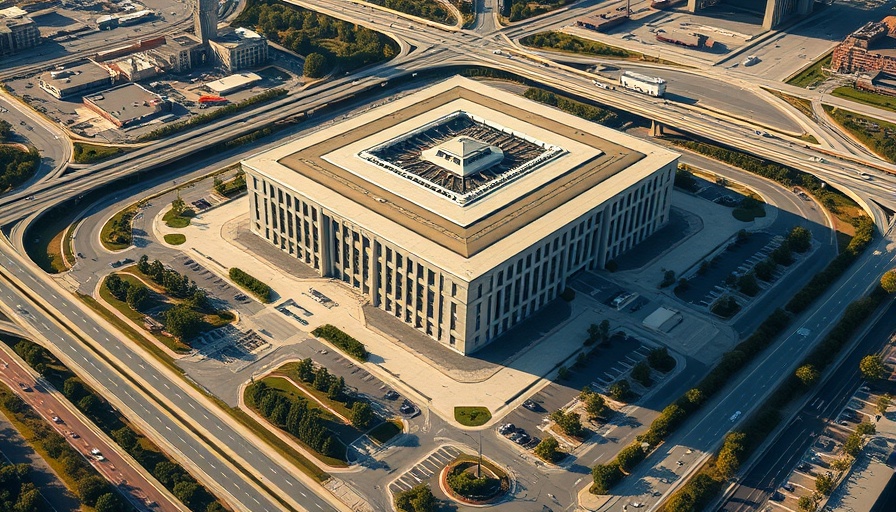
The Rise of Commercial Innovation in Military Communication
The U.S. Space Force has recently taken a significant step toward enhancing battlefield communications by exploring commercial satellite options to develop jam-resistant technologies. This initiative, under the Protected Tactical Satcom (PTS) program, is revolutionary as it aims to secure communications for American warfighters amid evolving military needs.
Transforming Acquisition Processes through Competition
Historically, military contracts for satellite technology involved lengthy processes, often taking years from contract award to launch, with costs reaching hundreds of millions. However, the Space Force is now awarding five contracts to both established defense giants and emerging startups, including Boeing, Northrop Grumman, and the relatively nascent company Astranis. This approach encourages competition and leverages the agility of commercial entrants, which can potentially yield more efficient and innovative solutions.
What Does This Mean for Future Technology?
The contracts, while initially valued at $37.3 million, open the door to a massive $4 billion ceiling for future contracts. This initiative signals a shift towards integrating cutting-edge technologies from the commercial sector into defense systems, paving the way for a future brimming with technological advancements. The ultimate goal is to launch a prototype satellite by 2028, which would revolutionize military communications.
The Importance of Jam-Proof Communications in Modern Warfare
In today's fast-paced battle environments, strong communication links are paramount. The PTS program aims to ensure that our forces remain connected, even when traditional signals are compromised by enemy forces. With technological advancements like AI and robotics evolving rapidly, the integration of superior communication technologies can determine the outcome of missions and enhance overall operational effectiveness.
What Can We Expect in the Coming Years?
As the Space Force continues its journey towards adopting commercial technologies, we can expect a transformation not only in military communications but across the entire tech landscape. By 2028, our view of military tech could shift enormously, bringing about disruptive innovations that filter down into civilian applications.
To follow this evolution in technology and understand how it can impact various sectors, stay tuned for updates and insights into emerging tech trends.
 Add Row
Add Row  Add
Add 




Write A Comment